
The "Spring Clouds on the Sea·Tang Yun Art Exhibition" is currently being exhibited at the China Art Museum (Shanghai Art Museum). In conjunction with this special exhibition of this famous Shanghai art master, the China Art Museum recently hosted a series of expert dialogues, lectures and guided tours related to Tang Yun.
As an important chapter in the art series "What is Shanghai School·Famous Artists from Shanghai", this exhibition brings together more than 80 precious works and collections of Tang Yun. It not only focuses on his outstanding and independent artistic style, but also places his artistic practice in the context of modern Chinese social changes, presenting the historical trajectory of Shanghai School painting's transformation into modernity.

Photo by Tang Yun and Xu Kaide
Tang Yun (1910-1993), known by his pen names Yao Weng, Dashi, Dashi Weng, and Xiachen, was a native of Hangzhou, Zhejiang. Specializing in Chinese painting and cultural relic appraisal, he served as a professor in the Chinese painting departments of Xinhua Art College and Shanghai Academy of Fine Arts, an appraisal committee member of the Shanghai Museum, a painter, acting president, and honorary president of the Shanghai Chinese Painting Academy, and vice chairman of the Shanghai branch of the China Artists Association.
Academic Dialogue | A Multi-Dimensional Interpretation of the Deconstruction of Tradition in Tang Yun's Art
An expert dialogue entitled "Deconstructing Tradition: A Discussion on Tang Yun's Painting and Calligraphy" was recently held in the 33-meter-high exhibition hall of the China Art Museum. Focusing on the proposition of "deconstructing tradition" in Tang Yun's painting, the dialogue invited art historians and cultural researchers to engage in in-depth dialogue from multiple perspectives.

The scene of the conversation.
Gu Cunyan, the academic chair and editor-in-chief of the art section of The Paper, began by discussing Ren Bonian's "Group of Immortals Celebrating a Birthday," a painting that served as the backdrop for the conversation. This painting, acquired by the Shanghai Artists Association in the 1950s, was the work of Tang Yun, demonstrating his keen vision and social responsibility as an artist and appraiser. He believes that understanding Tang Yun requires returning to the historical context of the transformation of Chinese painting in modern times and exploring the origins of the Shanghai School. "Against the turbulent and rapidly changing social landscape of modern China, Tang Yun found himself in an artistic environment that simultaneously embraced tradition and was impacted by Western culture and social change. While maintaining a literati lifestyle, Tang Yun constantly sought breakthroughs and innovations in his artistic creations. His artistic journey began with a deep foundation in traditional literati painting, blossomed through a keen appreciation of everyday life, and flourished from the transformation of folk art from refined to popular. He nurtured his studies through his collection, responded to the profound changes of the times through field sketching, and engaged the public with a sense of folk customs. Ultimately, he forged a new paradigm for Shanghai School flower and bird painting that combined the elegance of literati, the daily life of the market, and the spirit of the times."
Professor Zhang Changhong of the Department of History and Theory at the Shanghai Academy of Fine Arts, Shanghai University, analyzed the origins of the Shanghai School of Art and argued that Tang Yun was a key representative of the school, succeeding masters such as Ren Bonian, Wu Changshuo, and Huang Binhong, and a renowned collector and connoisseur. Tang Yun's artistic foundation was deeply rooted in traditional brushwork and classical spirit, while also openly absorbing Western artistic concepts and techniques, boldly breaking through traditional paradigms. He explained that the economic prosperity following Shanghai's opening as a port provided the material foundation for painters to collect, and their collections were more focused on personal interests and creative connections. Citing the example of Tang Yun's collection of eight "Mansheng" pots and his personal involvement in painting and calligraphy on purple clay pots, he argued that this deconstructive and innovative practice not only imbued his art with new life but also provided valuable theoretical references and practical inspiration for contemporary art.
Wang Di, Associate Professor at the School of Fine Arts at East China Normal University, spoke about Tang Yun's explorations in brush and ink. He noted that Tang Yun, born in Hangzhou, considered himself a native of the city throughout his life, retaining his hometown accent, yet he spent most of his life in Shanghai. His early artistic enlightenment laid the foundation for his lifelong learning from a wide range of teachers. Tang Yun's painting began with landscapes, then transitioned to flowers and birds, exploring the Song and Yuan dynasties and the Ming and Qing dynasties. He blended the profoundness of the Northern School with the transcendence of the Southern School, developing a fresh, elegant, profound, and powerful style. He is hailed as one of the "Four Dan Dans" of the Shanghai School. Discussing the significance of Tang Yun's art for contemporary art education, he believes that Tang Yun's artistic achievements lie not only in his superb technique, but also in his innovative spirit and exploratory approach to art. This spirit should be integrated into contemporary art education to cultivate students' innovative thinking and practical skills, encouraging them to break through tradition and pursue the true meaning of art.
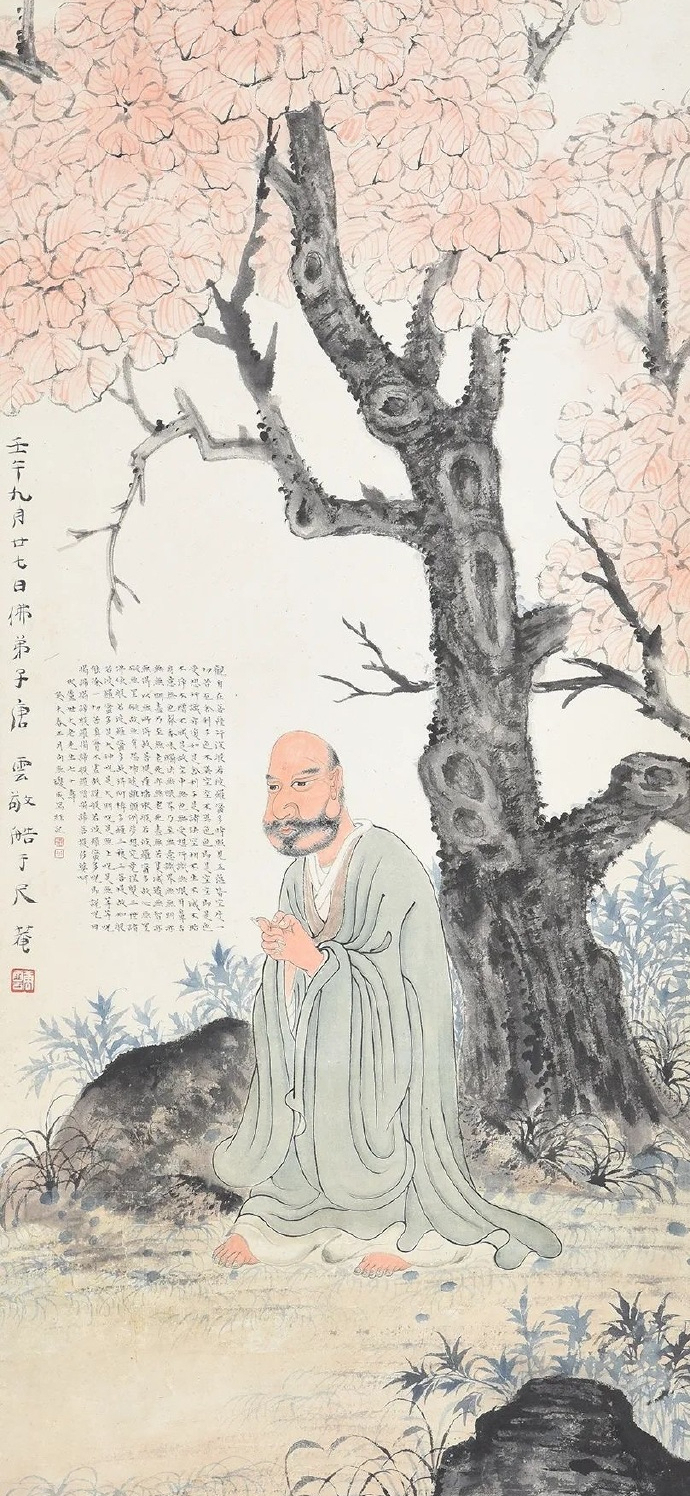
Bodhi Arhat Picture (detail) Bodhi Arhat Picture is a figure painting created by Tang Yun in his early years.
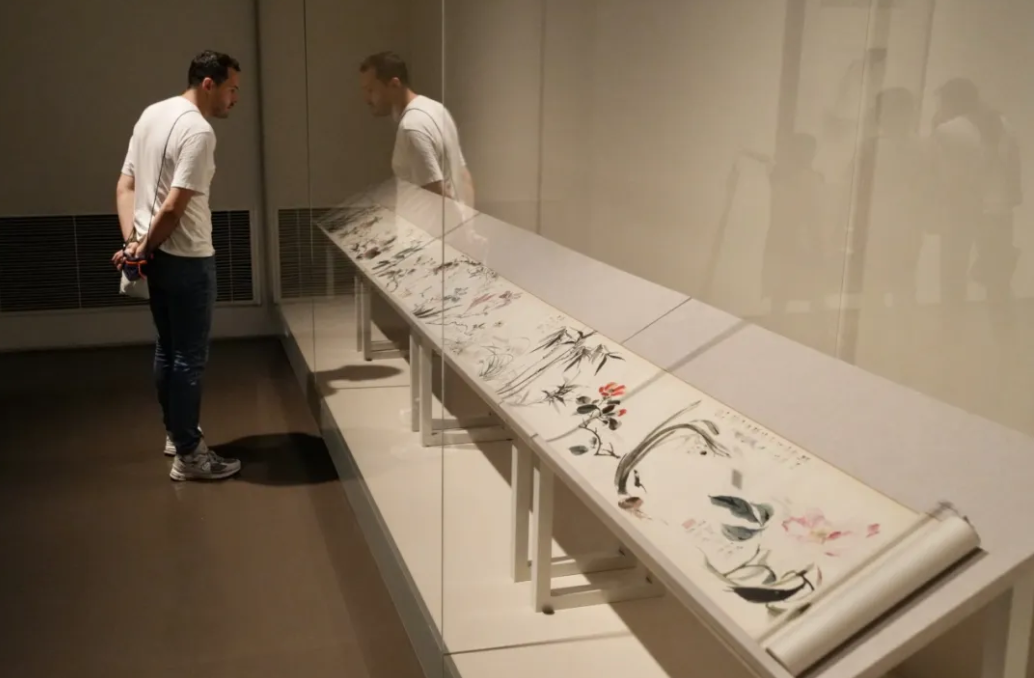
Tang Yun's "Flowers and Birds Handscroll" at the exhibition
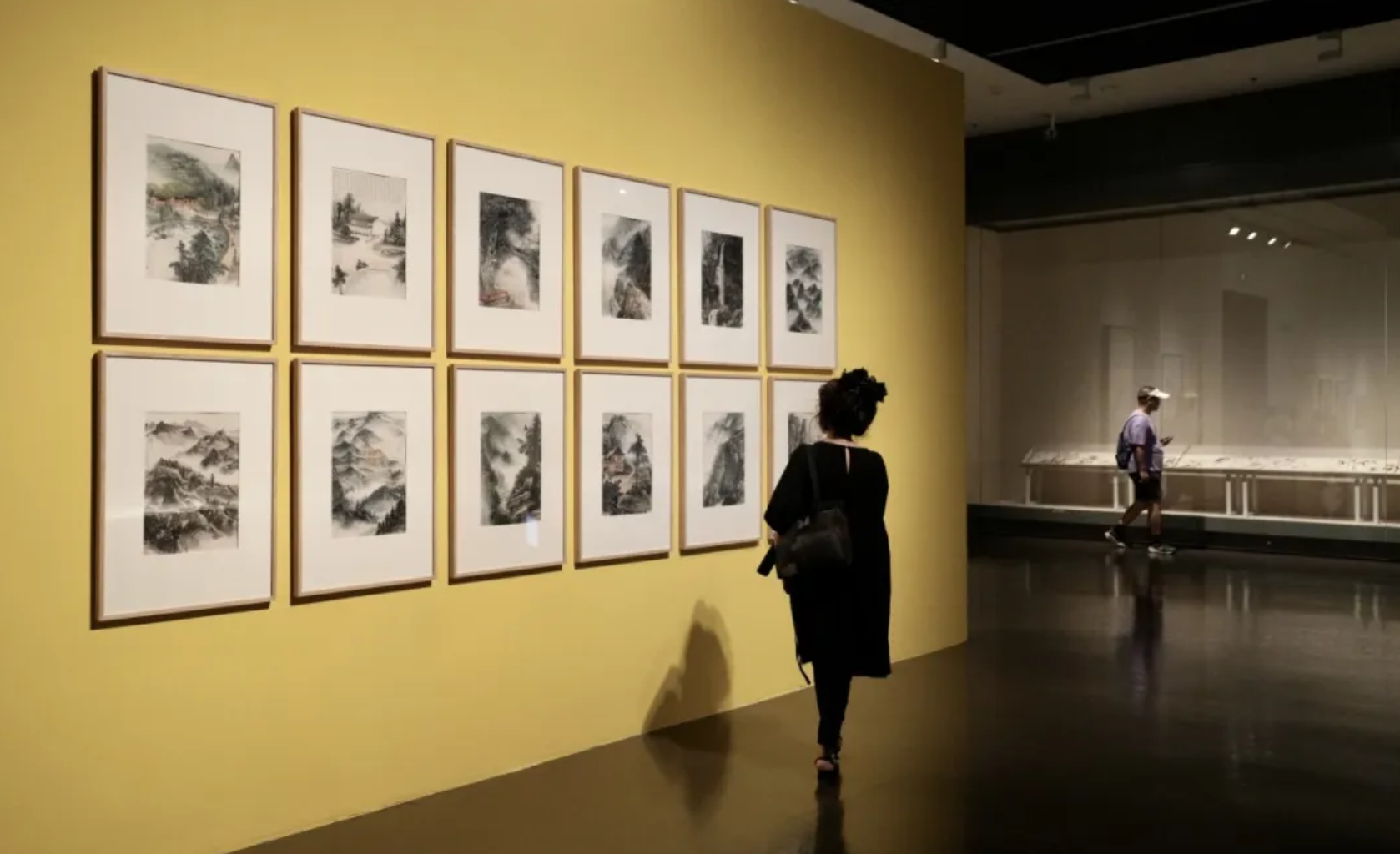
Exhibition site
Hu Jianjun, Associate Professor at the Shanghai Academy of Fine Arts, Shanghai University, vividly and engagingly told the story of Mr. Tang Yun, a man known for his wine, talent, chivalry, and love of hairy crab. Through vivid stories, she showcased Mr. Tang Yun's generous and free-spirited personality and colorful life, allowing the audience to see a more three-dimensional and authentic Tang Yun. Professor Hu also shared some of Mr. Tang Yun's unique methods and concepts in his artistic creation, providing the audience with new perspectives.
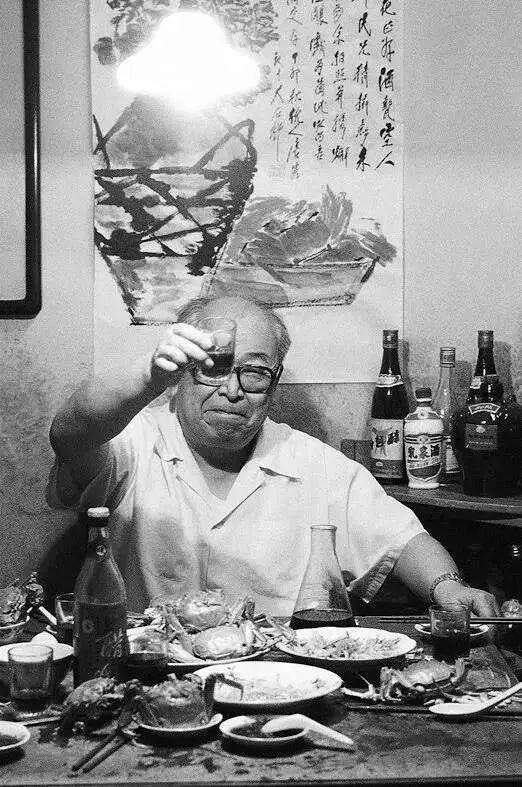
Old photo of Tang Yun
During his lifetime, Tang Yun held the seal engraver and painter Qian Shoutie in high esteem, stemming from their deep resonance in artistic spirit, integrity, and innovative ideas. Qian Shoutie's granddaughter, Qian Sheng, also spoke at the forum about the friendship between Tang Yun and Qian Shoutie, as well as Tang Yun's interactions with her father, Qian Mingzhi.
Lectures and guided tours by renowned artists | Tracing the origins of Tang Yun's artistic life
At the lecture themed "Warrior in Dashizhai - Tang Yun's Calligraphy and Painting" at the China Art Museum, Professor Shao Qi of Shanghai Normal University sorted out Mr. Tang Yun's artistic life for the audience in chronological order.

Lecture on the theme of "Warrior in Dashizhai: Tang Yun's Calligraphy and Painting"
Tang Yun was born in 1910 in Zhongsuguli, Hangzhou. By the time he was in his twenties, he had already gained a reputation in Hangzhou for his exceptional painting skills, earning him the nickname "Hangzhou Tang Bohu." During this period, he immersed himself in traditional painting, meticulously studying the techniques of renowned masters of all ages, including Ni Zan, Bada Shanren, Shitao, and Hua Yan, laying a solid foundation for his future artistic development.
After moving to Shanghai in 1938, he turned to flower and bird painting with his keen artistic insight. He immersed himself in life and observed nature, successfully integrating traditional brushwork with modern aesthetics, promoting the innovation and development of small-scale freehand flower and bird painting. Professor Shao Qi, through rich visual materials and vivid narratives, led the audience to relive Tang Yun's remarkable artistic journey.
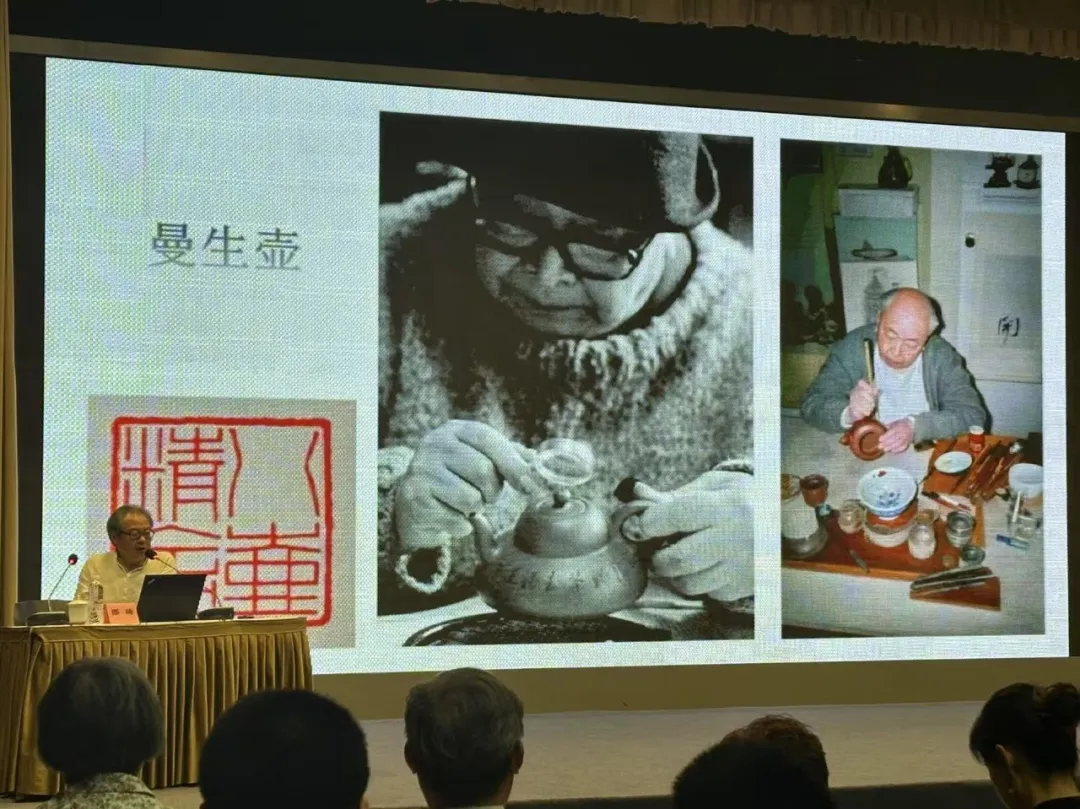
Professor Shao Qi explains the Mansheng pot formerly owned by Tang Yun
After 1949, Tang Yun actively engaged in the creation of New Chinese painting, producing a large number of landscape and figure paintings that reflect the spirit of the new era. His exquisite skills were particularly evident in the depiction of the figures in the landscape. This lecture gave the audience a profound understanding of Tang Yun, not only as a painter who integrated art into his life, but also as a master of Shanghai art who was loyal to his friends and selflessly dedicated to society.
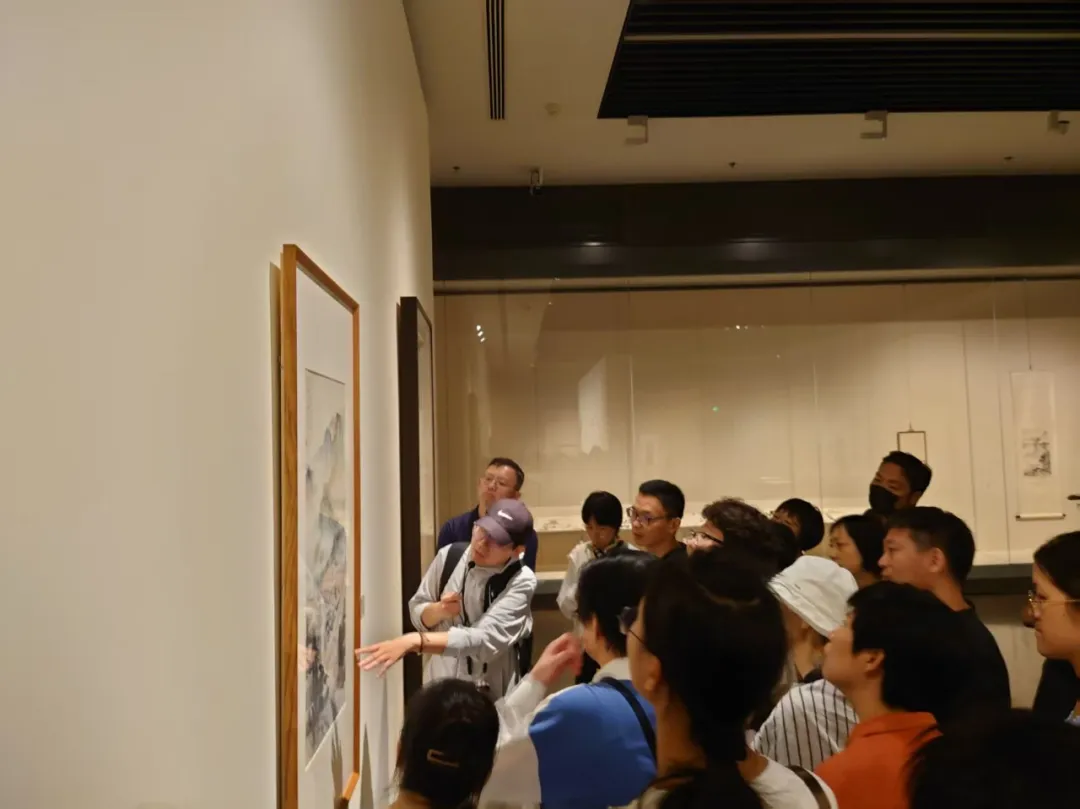
Art history researcher Wang Bin led a guided tour of the exhibition on August 15. Through the explanation, visitors can feel Tang Yun's dedication to traditional painting in his early years, and his arduous exploration to break through himself and form a unique artistic style. Each stage embodies his persistence and love for art.
Tang Yun's collection, as seen at the exhibition, is a textbook example of Chinese art history. After organizing the "Three Friends Exhibition" in Shanghai in 1943 with Zhu Qizhan and Qian Ding, he began systematically collecting ancient paintings. In 1956, Tang Yun stumbled upon Ren Bonian's twelve-panel gold-paper scroll, "Immortals Celebrating a Birthday," at the home of collector Qian Jingtang. A woodblock print of this work is displayed in the "Painting Dreams and Writing the Spring and Autumn Period" section of the exhibition's prologue hall. This meticulously painted masterpiece, a rare masterpiece in modern Chinese painting, depicts the Queen Mother of the West's birthday banquet, featuring 46 immortals arriving by sea, land, and air. Tang Yun strongly recommended that the Shanghai Artists Association acquire this masterpiece to prevent the loss of this national treasure.
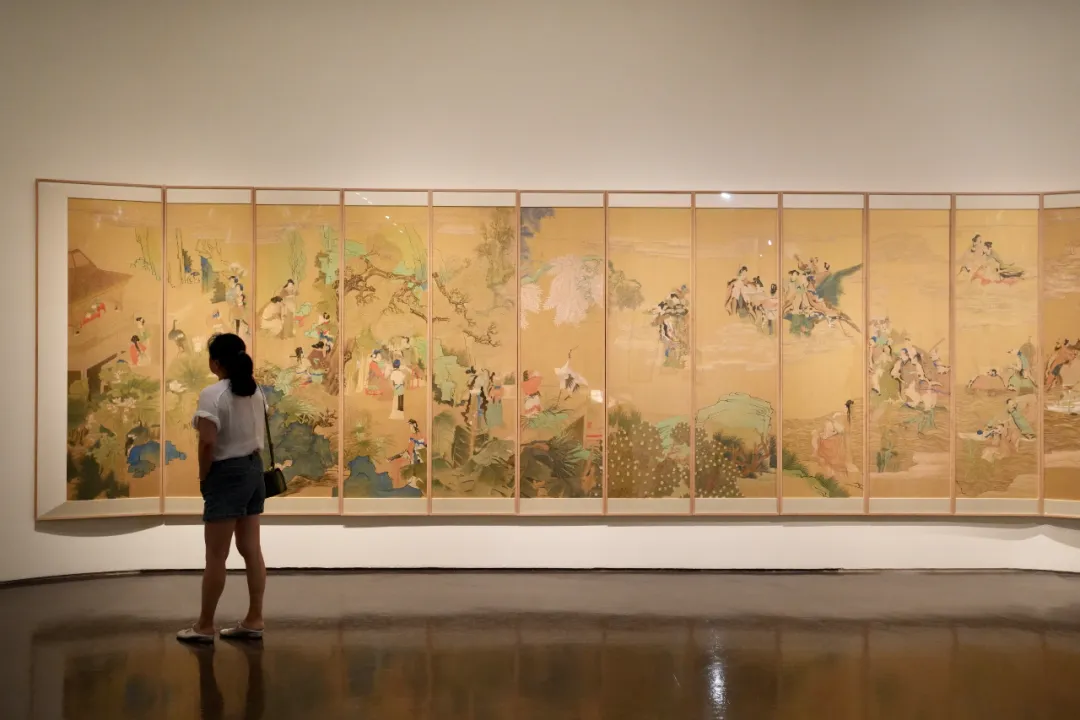
Ren Bonian's twelve-panel gold-paper scroll "Group of Immortals Celebrating Birthday" woodblock watermarked version at the exhibition
In addition, Tang Yun was fond of purple clay teapots, inkstones, bamboo carvings, seals, woodblock prints, etc. The rubbings of Tang Yun's old collection of Mansheng teapots exhibited in the exhibition witnessed his diverse collecting interests.
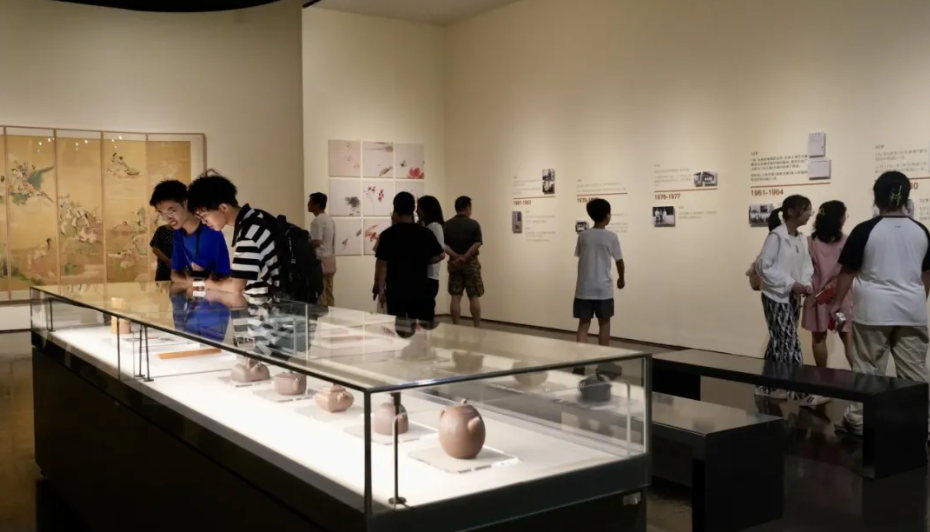
Exhibition site
Tang Yun's artistic career epitomizes the transformation of Shanghai School painting. He reconstructed the language of flower and bird painting with the brush of his time, safeguarding its cultural roots through his connoisseurship and collecting, becoming a pivotal figure in the Shanghai School's transition from modern times to the present.
The exhibition will run until September 10th.
(Part of the content of this article is based on relevant information from the organizer)

